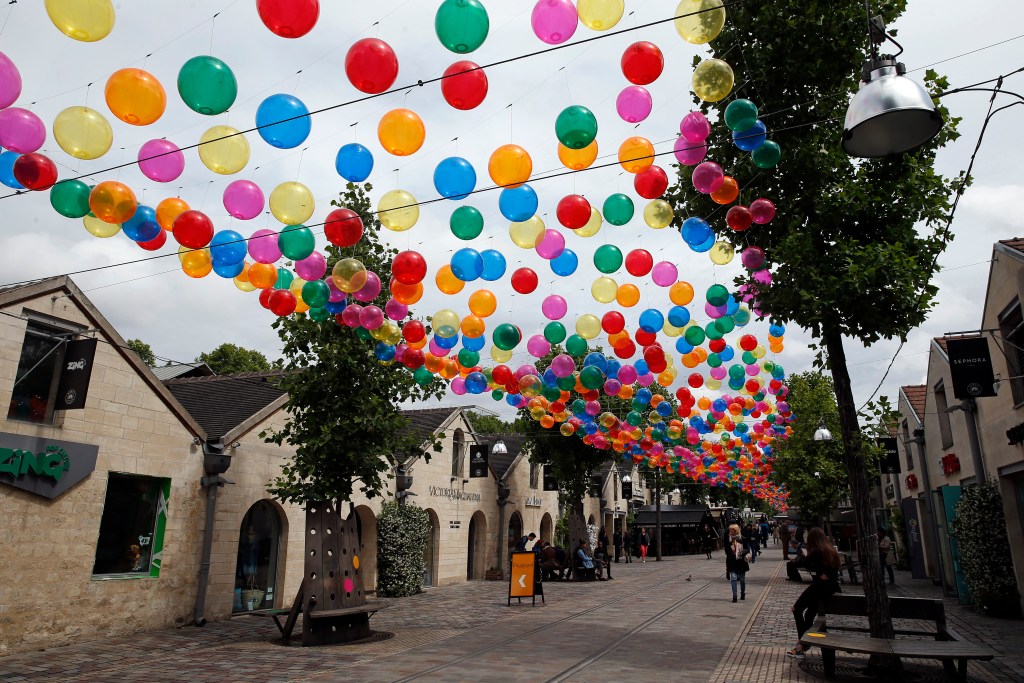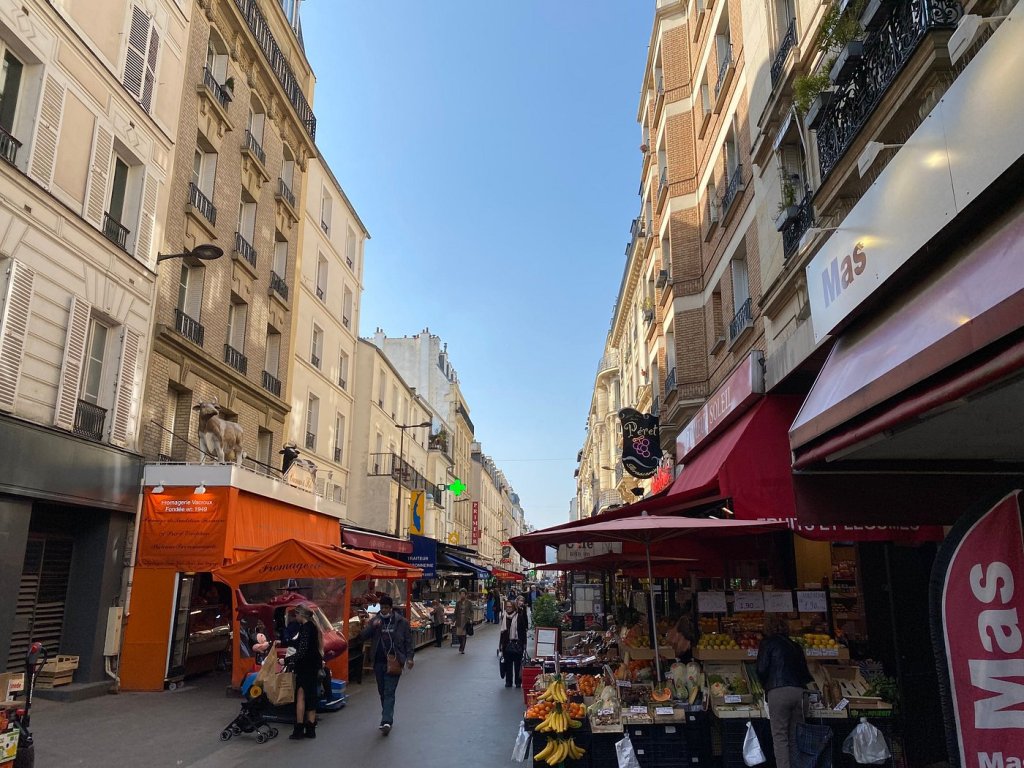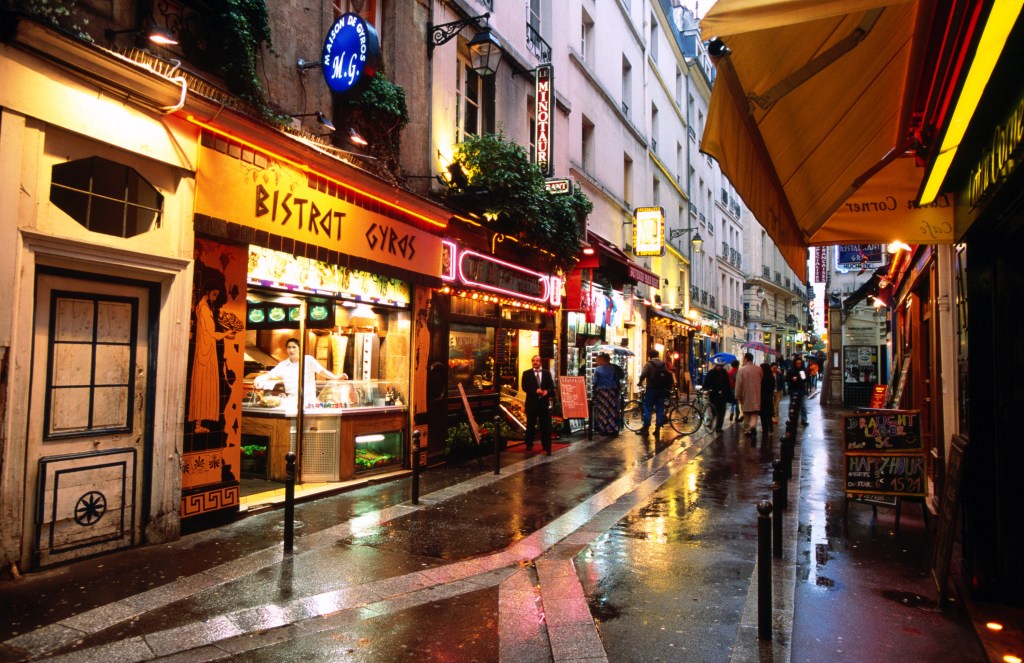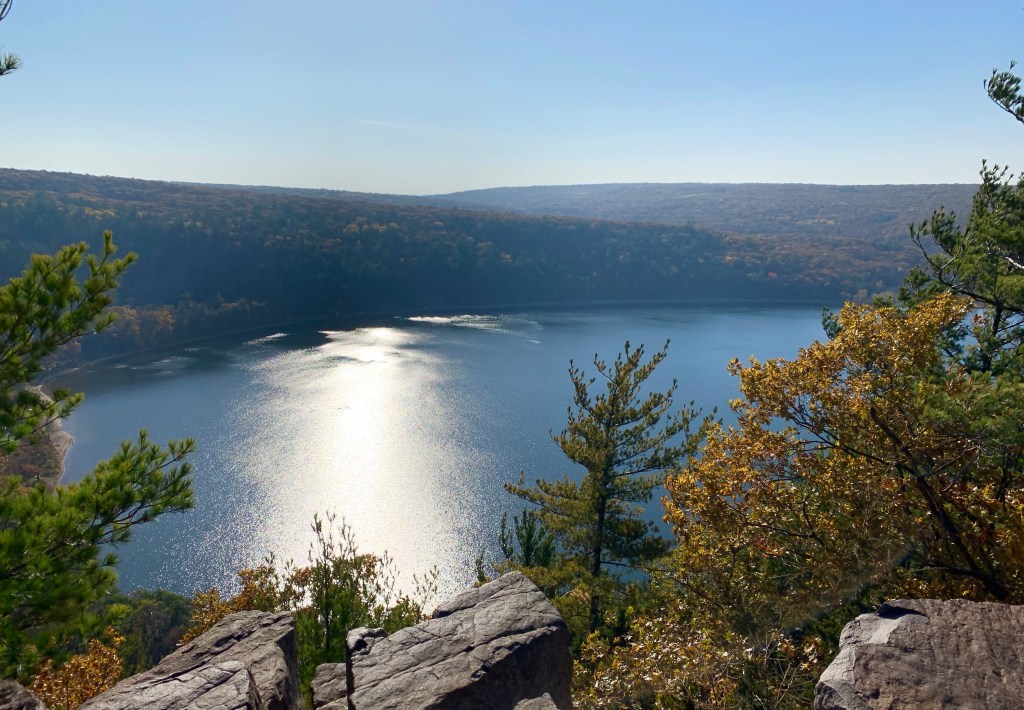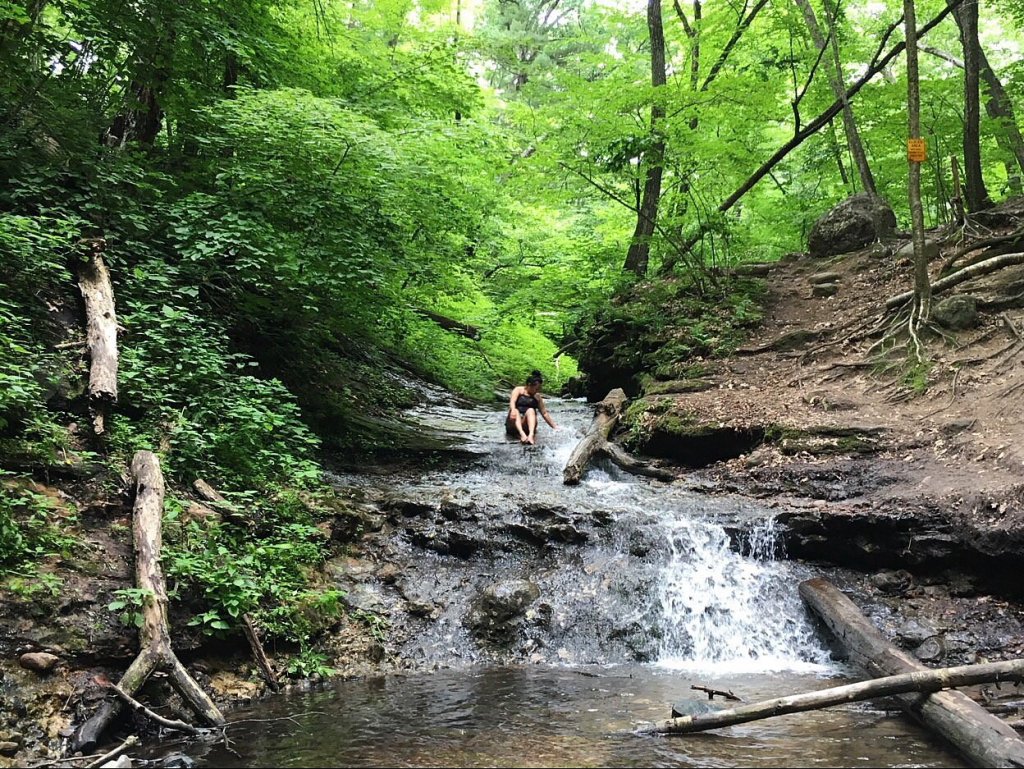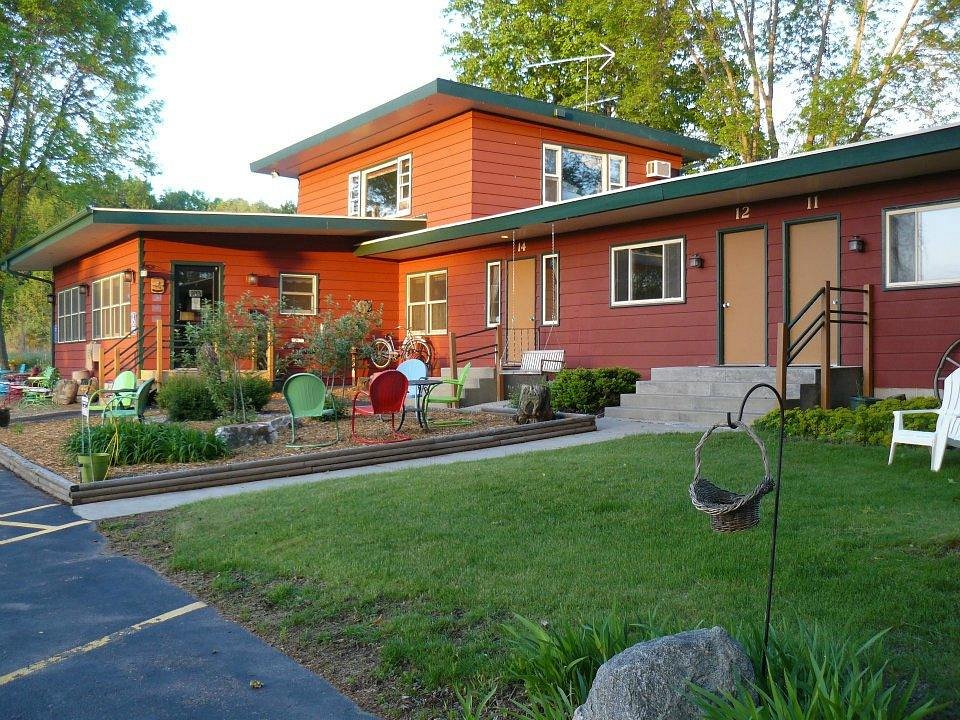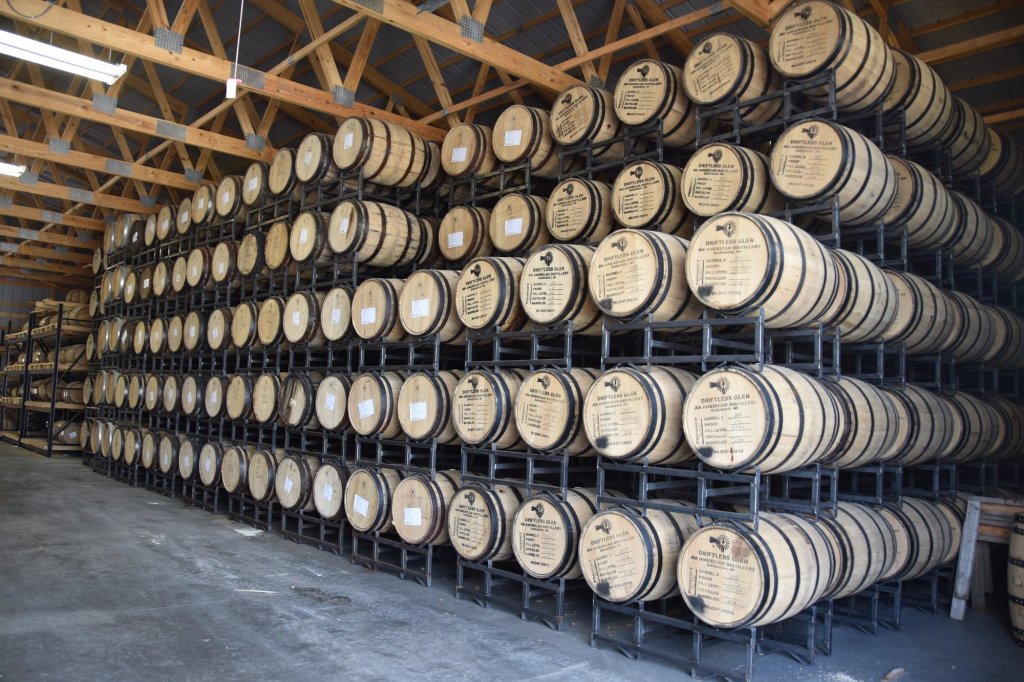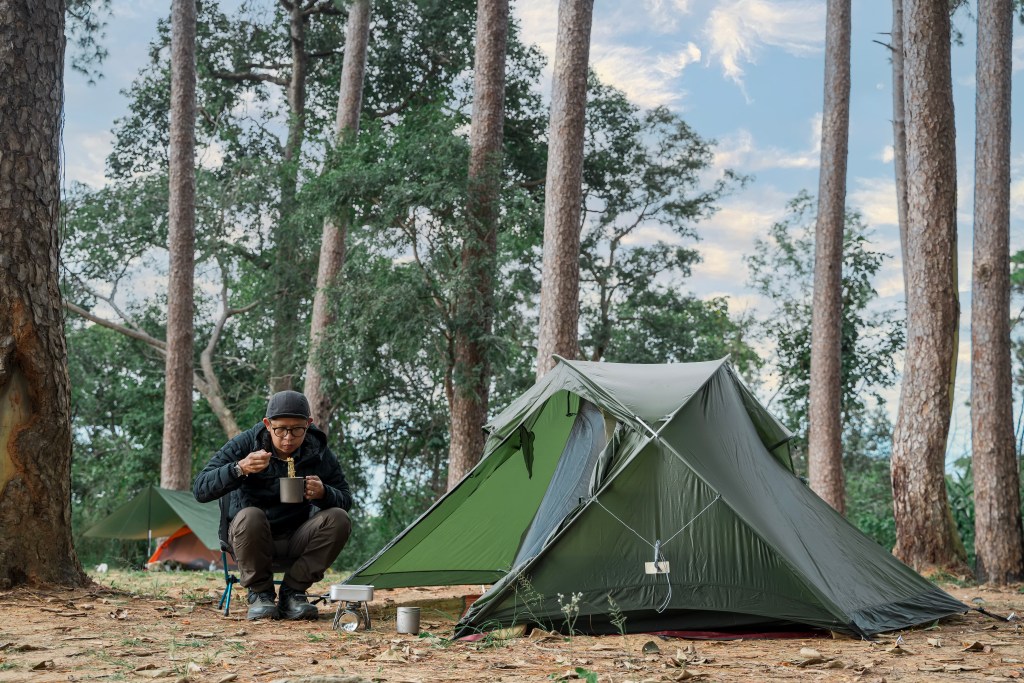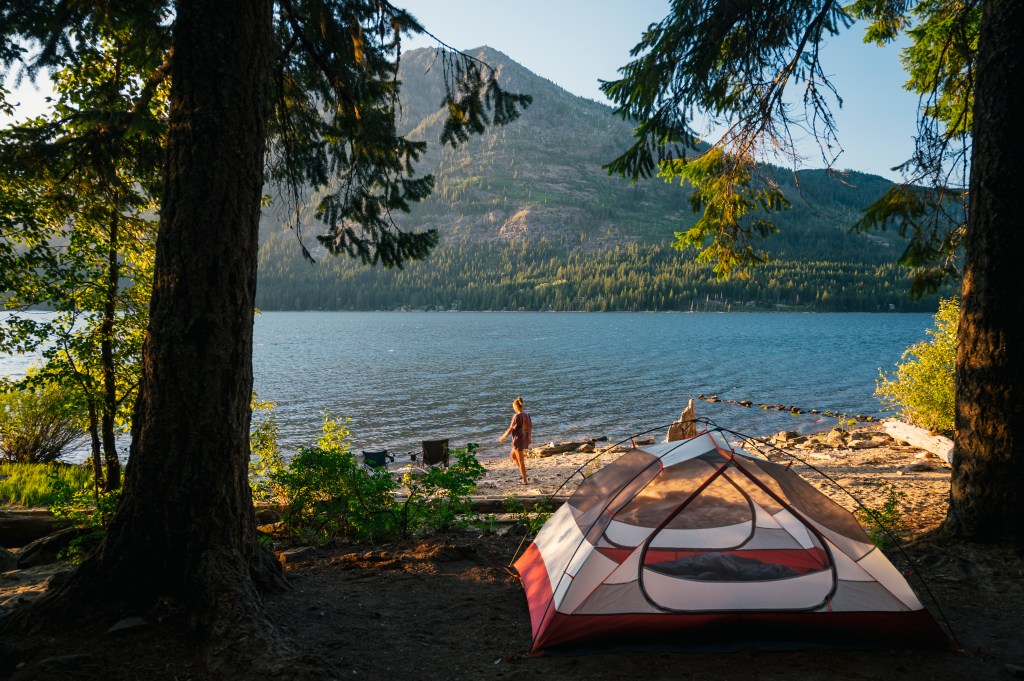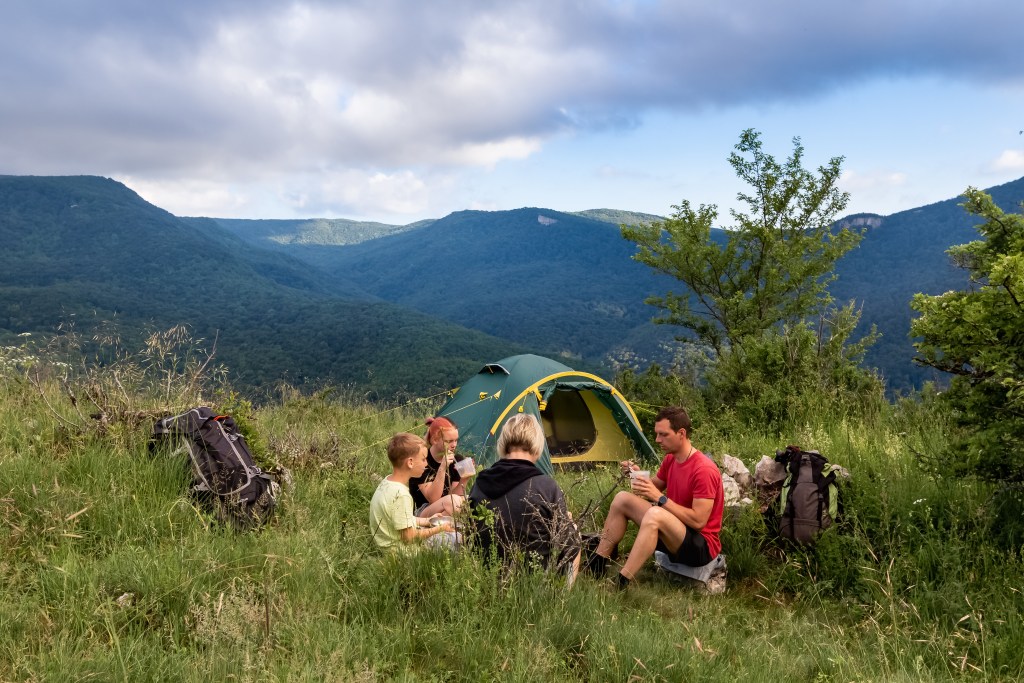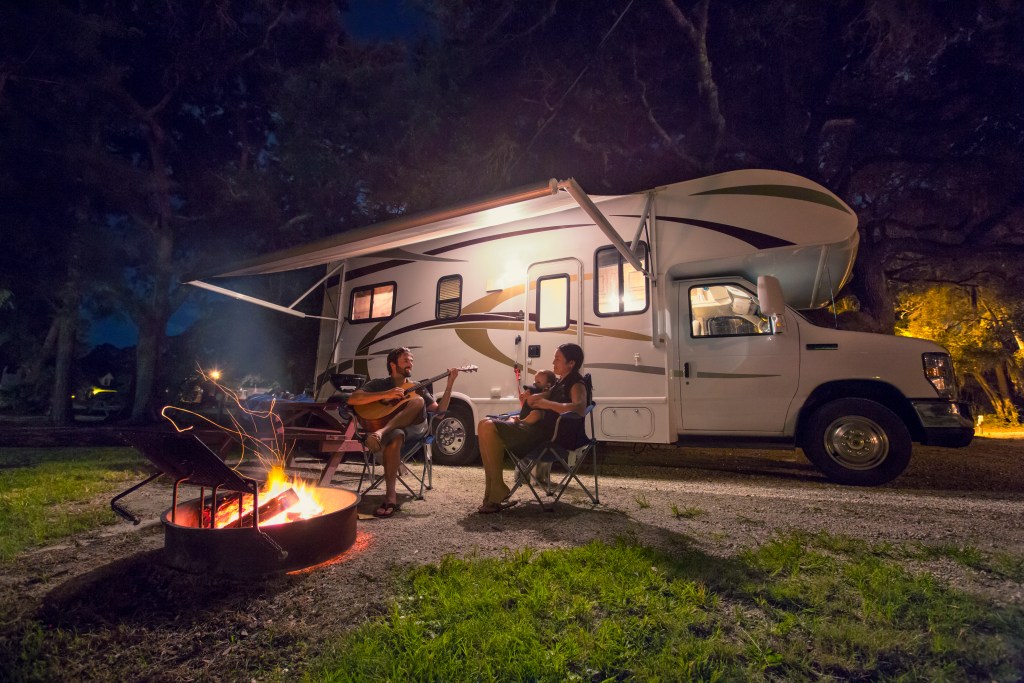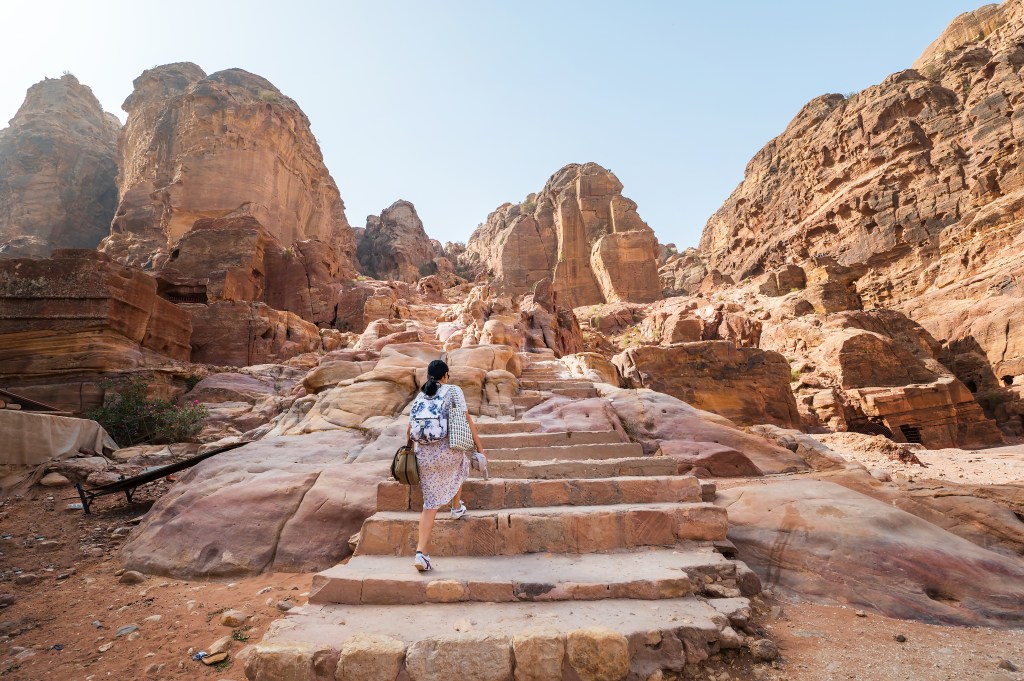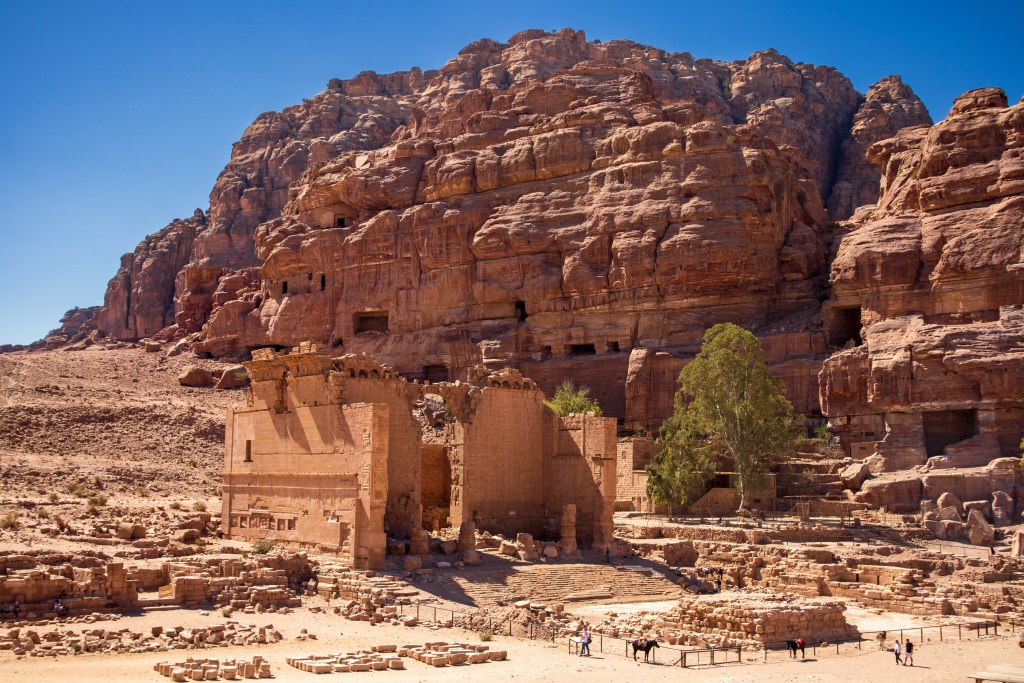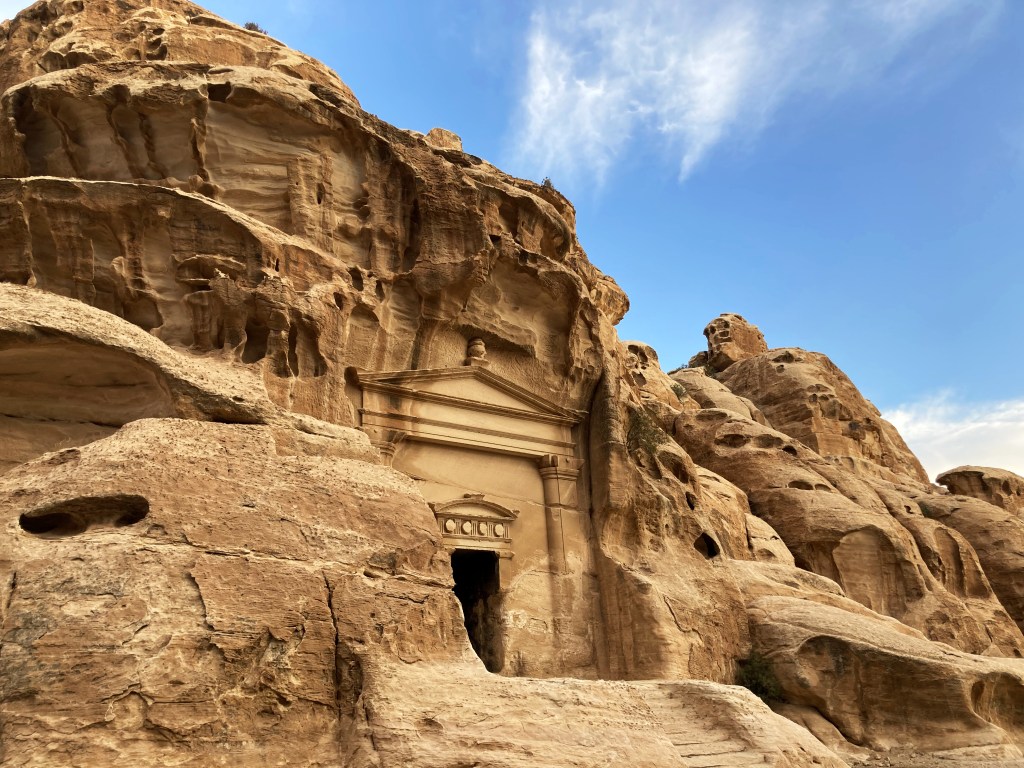Though the focus is often on boozy drinks and great jazz, NOLA is also a culinary powerhouse.
The city is home to classic Cajun, Creole, and Southern cooking—and its restaurants are some of the oldest in the country. In fact, two Creole restaurants listed below rank in the top three for the oldest continually run establishments in the United States.
Cooking is a big deal, in other words, if not a NOLA specialty. Creole and Cajun dishes alike are highly celebrated.
Creole traditions come from a blend of the city’s urban residents, from Spanish and French colonial staples to West African and Indigenous influences.
Cajun, by contrast, is a more rural style of cooking that comes from French settlers who came down from Canada, known as Acadians. (They speak Cajun, a descendant of French.)
You’ll notice that many Creole restaurants feature Cajun dishes on their menus—but if you want to dig into the city’s most famous dishes, you’ll be munching on Creole favorites like turtle soup and shrimp Clemenceau.
And where should you eat Crescent City’s most famous dishes? At its most famous legacy Creole restaurants.
Here, I’m counting down the oldest Creole restaurants in New Orleans where you can eat dishes that come with a side of history.
Best Creole restaurants in New Orleans—from oldest to newest
Antoine’s (Est. 1840)

Nearing its 200th anniversary, Antoine’s isn’t just a New Orleans staple—it’s part of US history as one of the oldest family-run restaurants still in business.
Its unique atmosphere and top-tier service have helped keep its doors open, but the true star is its Creole menu. From shrimp remoulade to chicken Rochambeau to its special twist on bread pudding, you can sample some of the most famous Creole dishes in the country.
Tujague’s (Est. 1856)

Tujague’s flies under the radar compared to other Creole restaurants in New Orleans, despite the fact that it has been open for almost as long as Antoine’s.
You’ll find unique offers on its menu, including its famous boiled brisket, which has been its signature dish for over 100 years. And don’t forget about the grasshopper cocktail, which was invented on the grounds.
*Tujague’s restaurant changed locales in 2020, so you might notice that the interior doesn’t feel too dated. But have no fear—its chefs are serving up the same beloved dishes.
Commander’s Palace (Est. 1893)
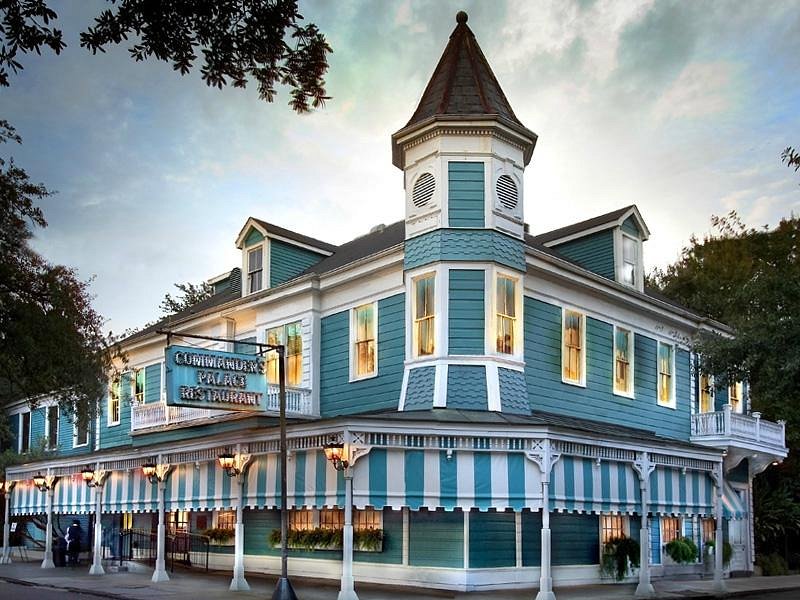
If you’ve been to New Orleans before, you’ve likely eaten at Commander’s Palace or recognized its bright blue exterior.
Commander’s Palace has been putting out some of the city’s most famous Creole dishes for well over a century, including turtle soup and bread pudding souffle with whiskey sauce. Step into the past at Commander’s Palace—you’ll be surprised by how tasty it is.
Cafe Sbisa (Est. 1899)
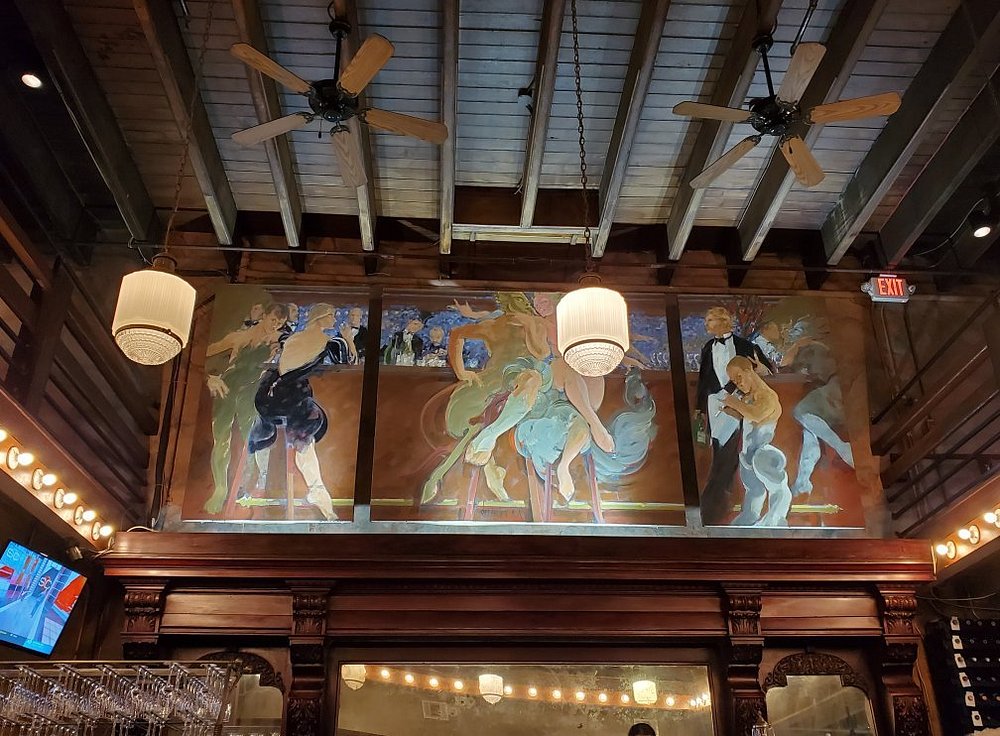
With a recent facelift from a passionate chef who grew up in the city, Creole staples at Café Sbisa are pushed to the next level. You can expect a master class in Creole dishes like BBQ shrimp, court bouillon, duck a l’orange, and more.
Most ingredients are sourced from local providers, including seafood, which is sourced from a seafood dock that’s managed by the restaurant’s current owners.
Galatoire’s (Est. 1905)
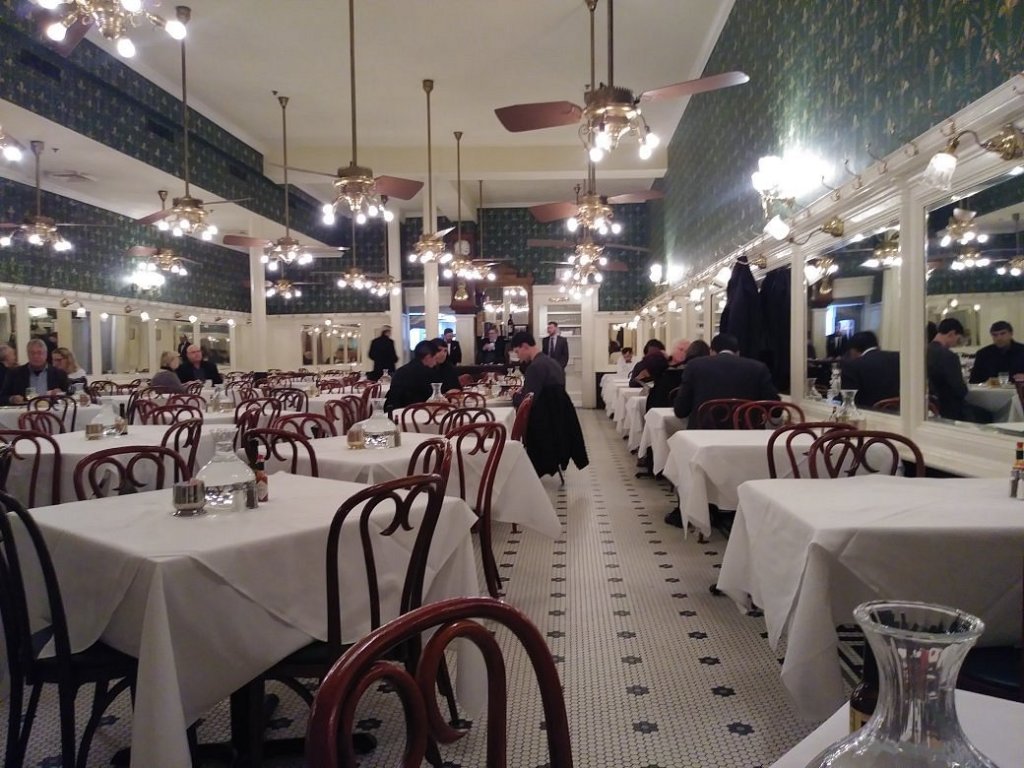
Similar to Commander’s Palace, you’ve probably heard a thing or two about Galatoire’s, which is located in the heart of Bourbon Street. It might be the most well-known of all Creole restaurants in New Orleans.
Despite the hustle and bustle outside, Galatoire’s offers a quaint respite inside. Plus, you can feast on the city’s best Creole dishes, including crab maison, oysters Rockefeller, seafood okra gumbo, and more.
Arnaud’s (Est. 1918)
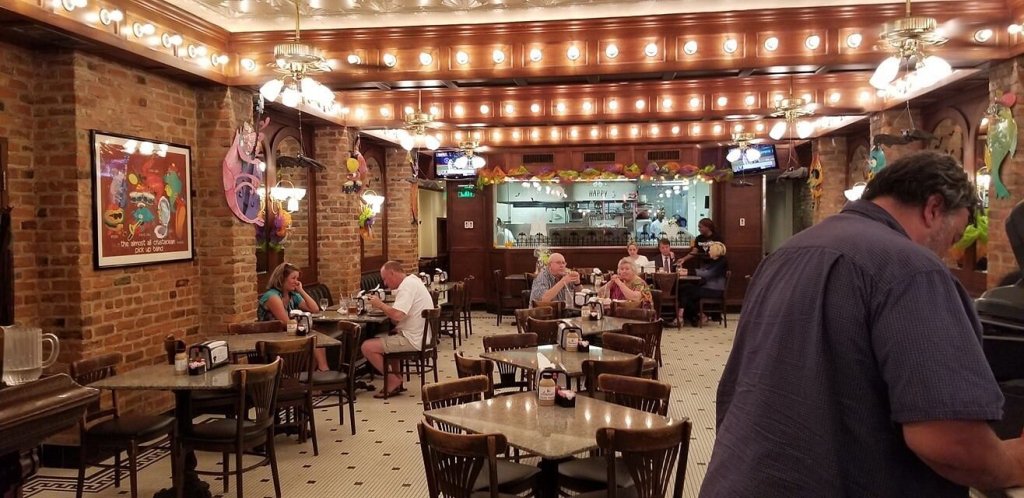
You aren’t just getting a taste of Creole cuisine at Arnaud’s—you’re biting into original spinoffs of classic dishes.
The best example is Shrimp Arnaud, which comes in a house special remoulade sauce, or Oysters Bienville, which is an oyster dish topped with shrimp. Foodies won’t know where to start on this menu.
Broussard’s Restaurant & Courtyard (Est. 1920)
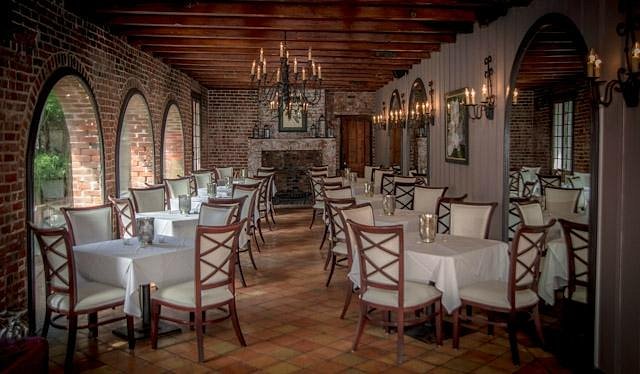
Serving up Creole staples, Broussard’s is a historic and upscale dining spot that offers a more opulent take on classic bites. From duck, alligator, and sausage gumbo to classic Creole turtle soup, you’ll find a well-balanced menu… at a slightly higher price point.
Dooky Chase Restaurant (Est. 1941)

This well-known restaurant was one of my top picks for best places to grab some fried chicken in New Orleans—but it’s just as well known for its Creole specialties.
Simple dishes like red beans and rice come alive at Dooky Chase, along with finer dining picks like shrimp Clemenceau and stuffed shrimp. Lastly, and most importantly, don’t miss out on the gumbo.

